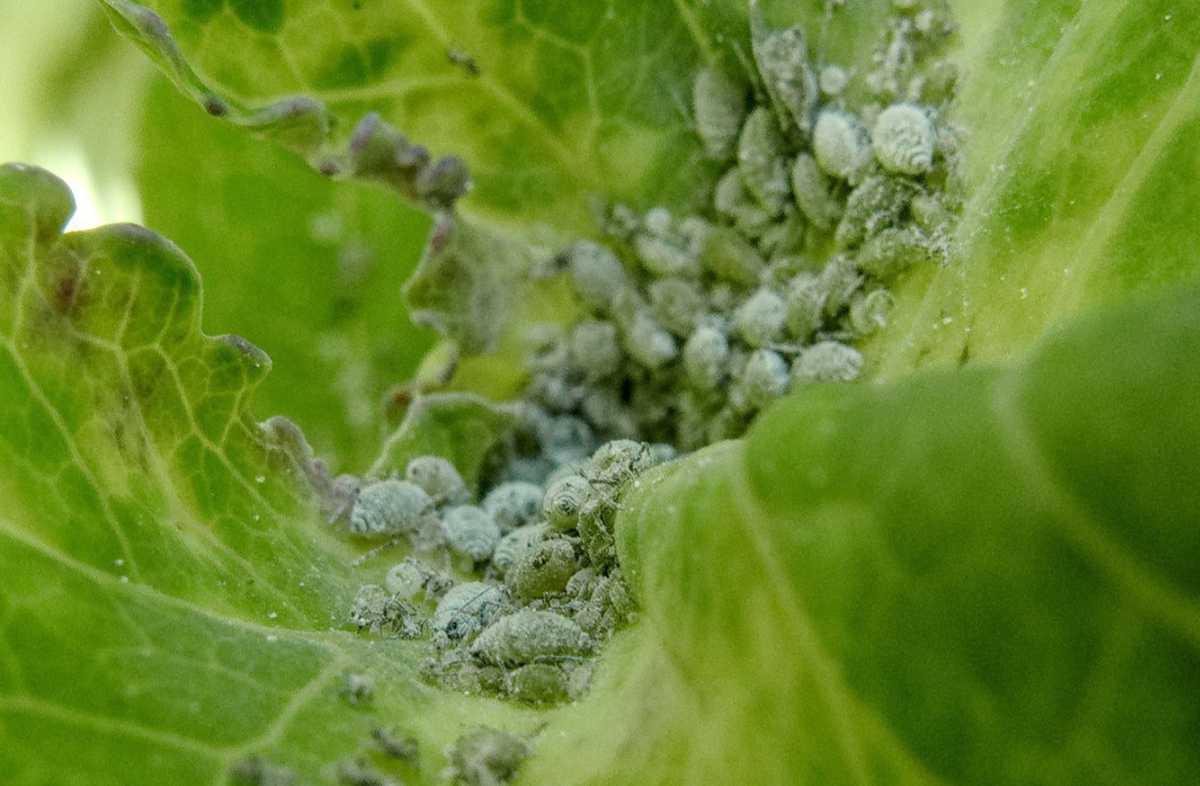If you haven’t killed off your garden pests in spring or summer, some will carry on doing damage well into autumn, before emerging again in spring.
Warm and damp weather gives many pests their perfect conditions, so you still need to be vigilant, clearing debris from containers which are past their best and could harbour pests, and disposing of old compost which could harbour soil-borne pests such as vine weevil, which can thrive in gardens where a lot of container compost is re-used.
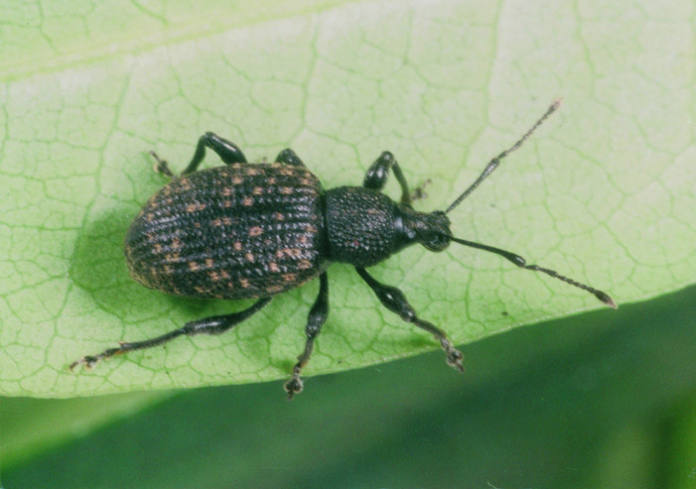
Aphids can continue to thrive in autumn and then mate and produce eggs which overwinter, slugs can still munch through leafy crops during damp weather, while other pests can survive mild winters, only to emerge stronger and more numerous the following year.
Dealing with garden pests in autumn
Dr Anton Rosenfeld, knowledge officer for the charity Garden Organic and an experienced vegetable grower with specialist interests in soils and vegetable growing, offers the following advice on the pests which can linger through autumn, and how to best deal with them…
Cabbage aphids
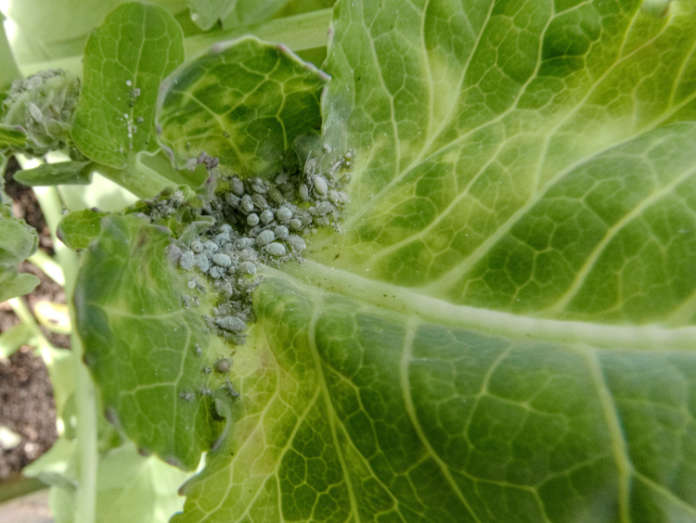
“Although numbers slump in July and early August, they start to build up again in late September and can then become a problem,” he says.
The normal measures – such as plenty of flowering plants (fennel, phacelia, buckwheat, limnanthes) to attract predators – are less effective at this time of year, as predators tail off in the early autumn.
“However, a good number of parasitic wasps in late summer can reduce the chances of the aphid population exploding in the autumn. Low numbers are not a problem, but high numbers lead to distorted leaves and stunted growth.
“A good jet of water can dislodge a good proportion of them. Soft soap sprays can be used as a last resort. Generally, as conditions cool, they become less of a problem from November onwards,” he explains.
Allium leaf miner
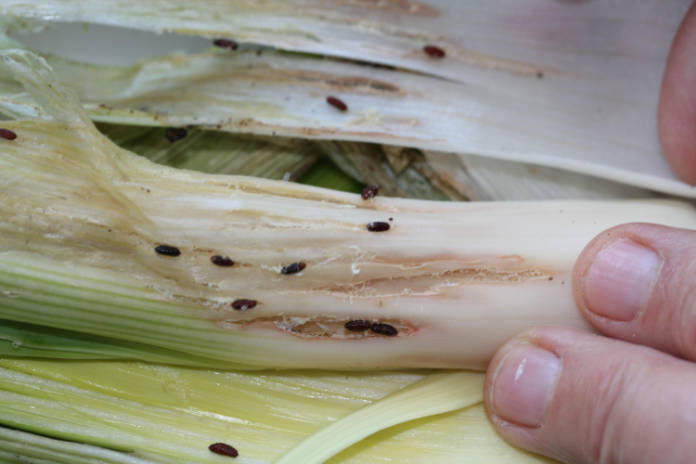
“These are a big problem in many areas, but mainly ruin leeks. You need to cover crops in autumn to stop them laying eggs,” he advises.
Brassica whitefly
Natural control of whitefly may save my spouts yet… #Allotment #Brusselssprouts #cabbagewhitefly #ladybird #spider pic.twitter.com/ECS897DIhF
— Guy Barter (@GuyBarter) August 31, 2018
Also known as cabbage whitefly, these can persist right into December. They look unsightly, but generally can be rinsed off, and are only harmful when infestations are extreme, but are often a problem in kale and Brussels sprouts. Choice of variety can help, for example, flat leaved kale is less of a problem than curly leaf, he says.
Pigeons
“Perhaps the worst pest over the winter, especially for brassicas, the solution is to keep crops covered, and if they get too large, string and sticks over the top stops the pigeons landing,” he advises.
Slugs
They are the bane of so many gardeners’ lives, especially in mild, damp weather.
Dr Rosenfeld explains: “Keel slugs are a problem in root crops, and grey field slugs can stop green manures emerging. There is no one magic bullet against slugs – use a combination of night patrols, growing plants to a larger size, and using slug barriers. It is too cold to use nematodes over winter.”
Gooseberry sawfly
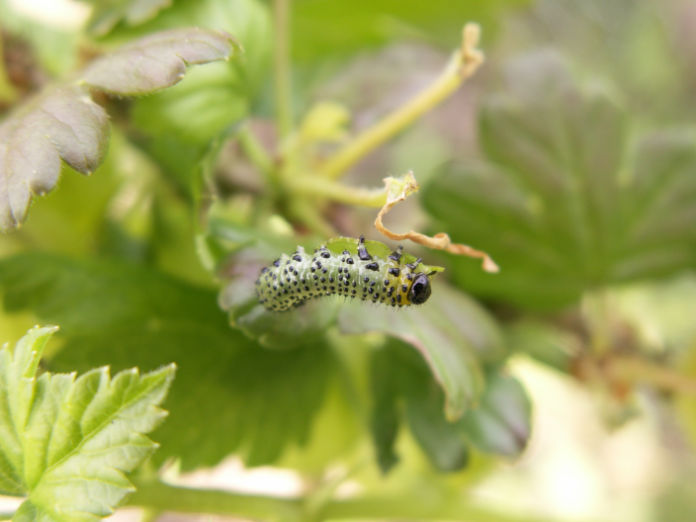
These pests reside as pupae in the soil, then hatch out in the spring, to lay eggs on plants. Mulching around the bottom of the bush – or even using a barrier – can stop the larvae crawling down into the soil, he suggests.
Vine weevil
One for all the #Entomoligists out their 🐛 Freshly born #VineWeevil in a potted rhododendron today.The gardener worst nightmare 😱#Entomology@RoyEntSoc@AndrewSalisbur2 @RichardComont pic.twitter.com/KkM85eJKCQ
— 🐝🦋Nuts about Gardening🦋🐝 (@giftedgardener0) May 9, 2019
Anyone who has ever had vine weevil in their pots will know the devastation they can cause, as the larvae feast on the roots of plants – but you often don’t see the damage until it’s too late: the plant suddenly wilts and you discover there are literally no roots left.
“Larvae will live in pots from late summer and through the winter, causing damage to the roots. Applying nematodes in August is best to prevent damage over winter, but if you’ve missed that slot, it can still work in April, to prevent them from being a problem next year.
“And a general principle to minimise all pests, clear away leaf debris and any infested material where pests can overwinter,” Rosenfeld advises.
And in glasshouses…
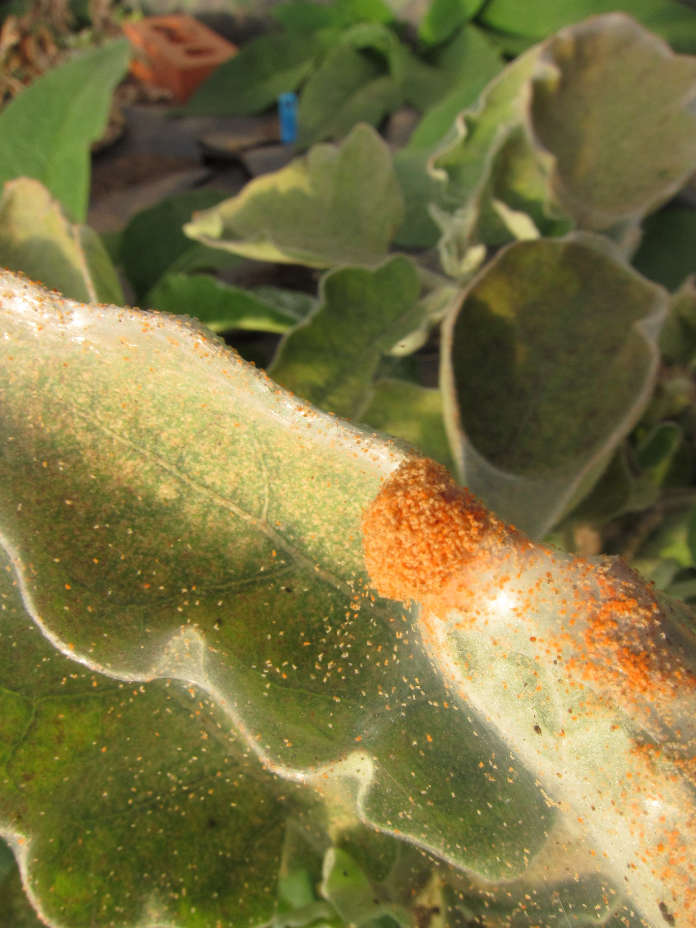
“As glasshouses are warm, pests such as whitefly, thrips and spider mites can survive over winter. Give them a good clean – soapy water will work, or you can use citrox disinfectant. It is important to remove leftover plant pots and sweep up debris which will harbour pests.
“Bags of compost can harbour sciarid fly if left in a warm glasshouse, which can destroy or stunt your seedlings. It’s best to use fresh compost for seed sowing. Leftover bags should be well-sealed and used for larger plants, which are more resilient,” he advises.
You may also be interested in…























































